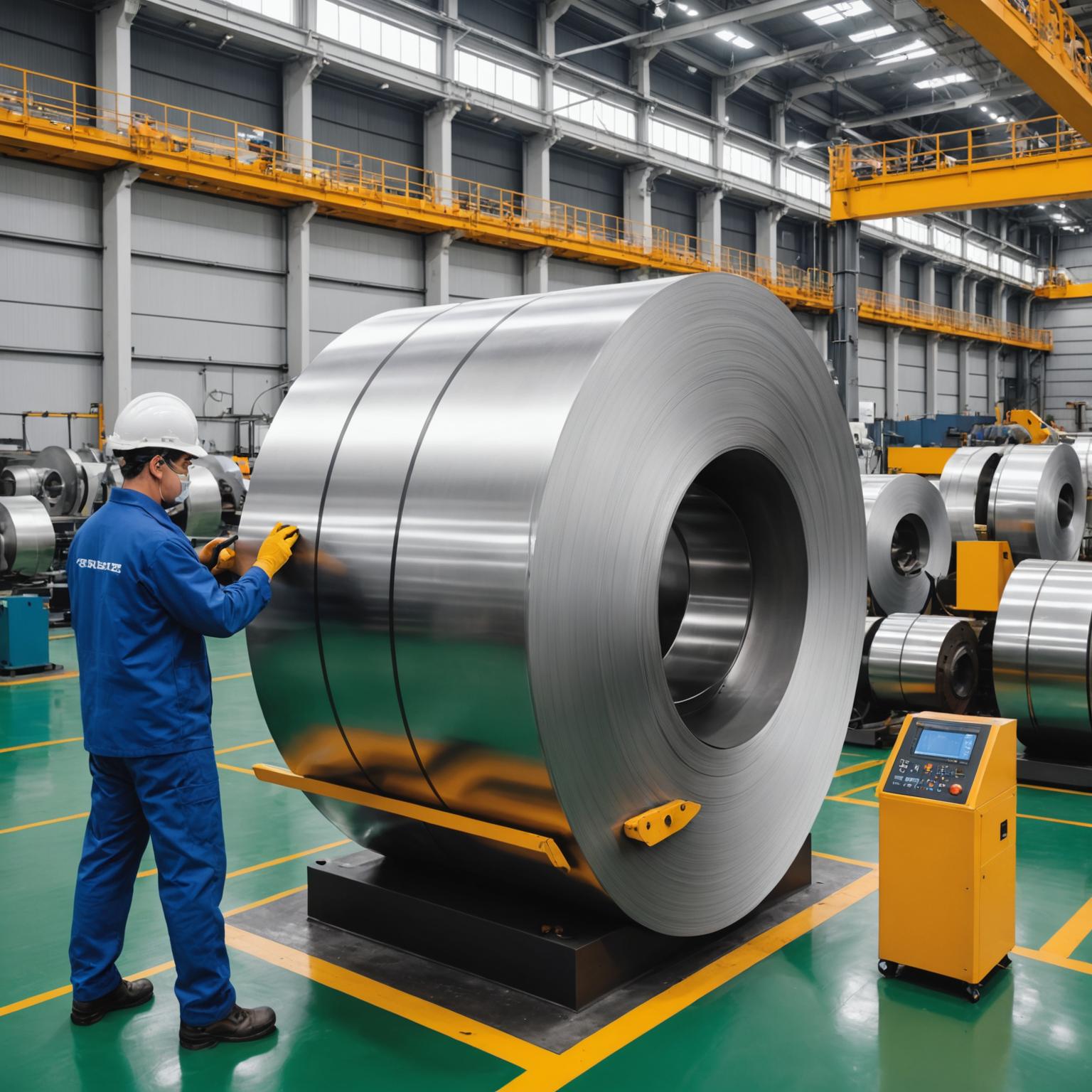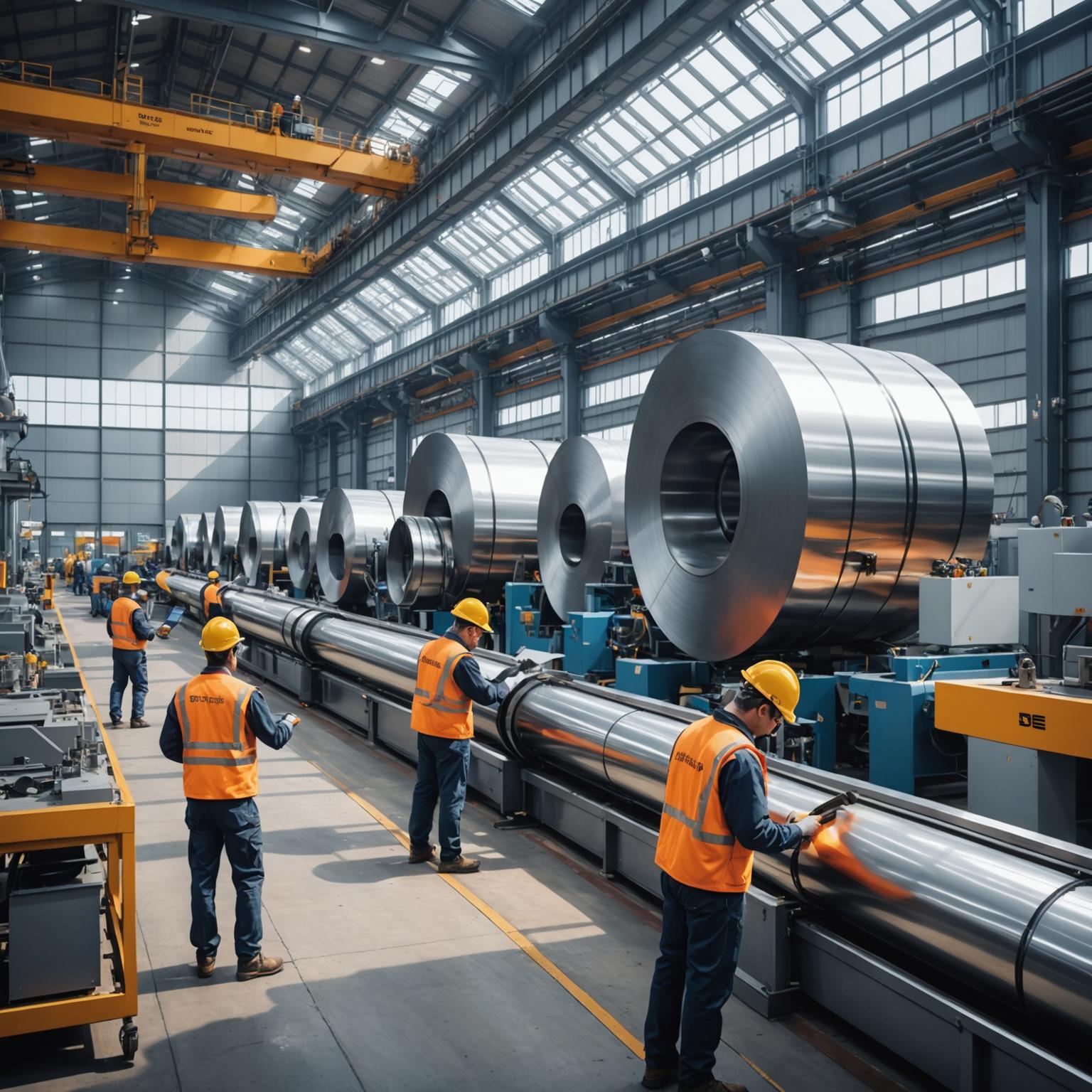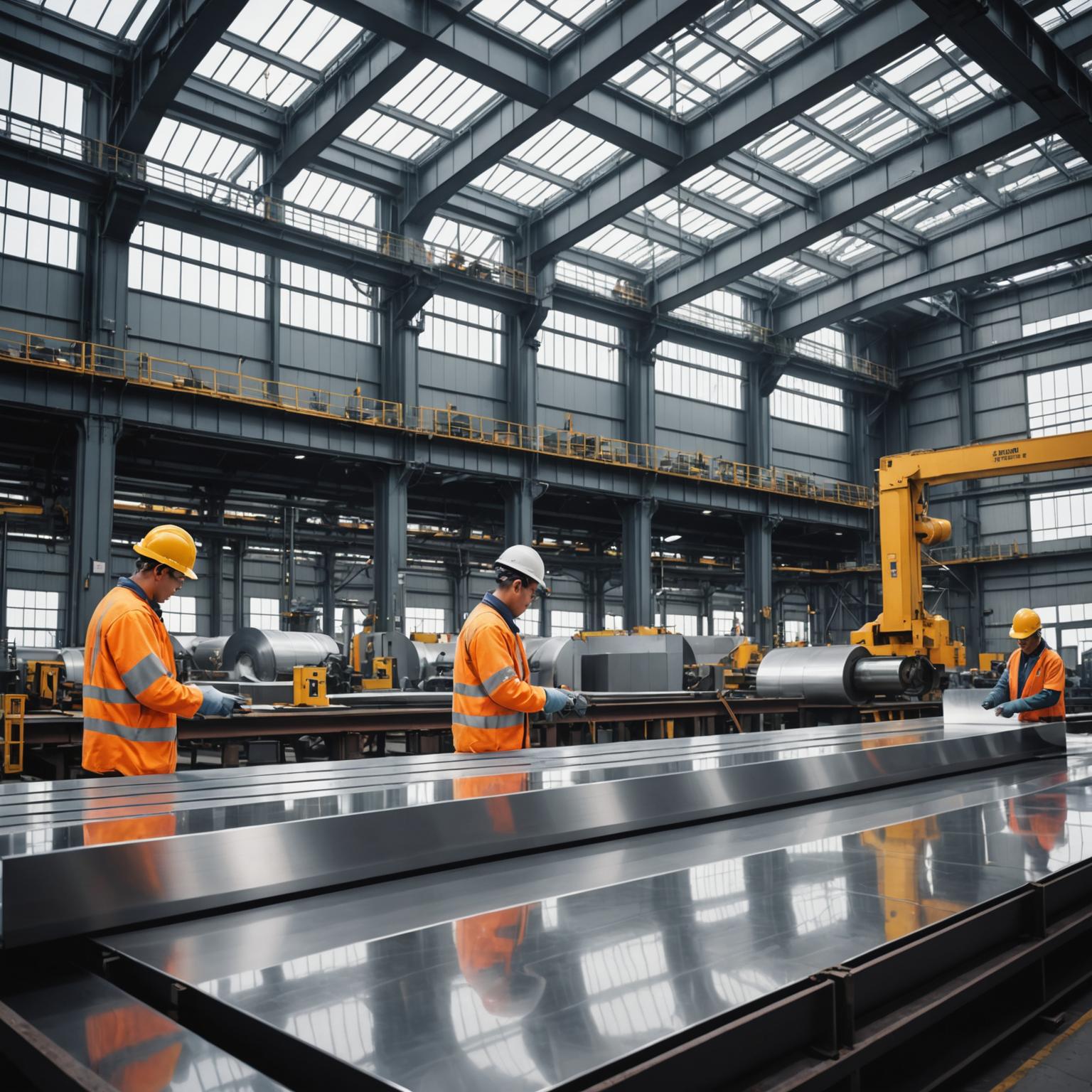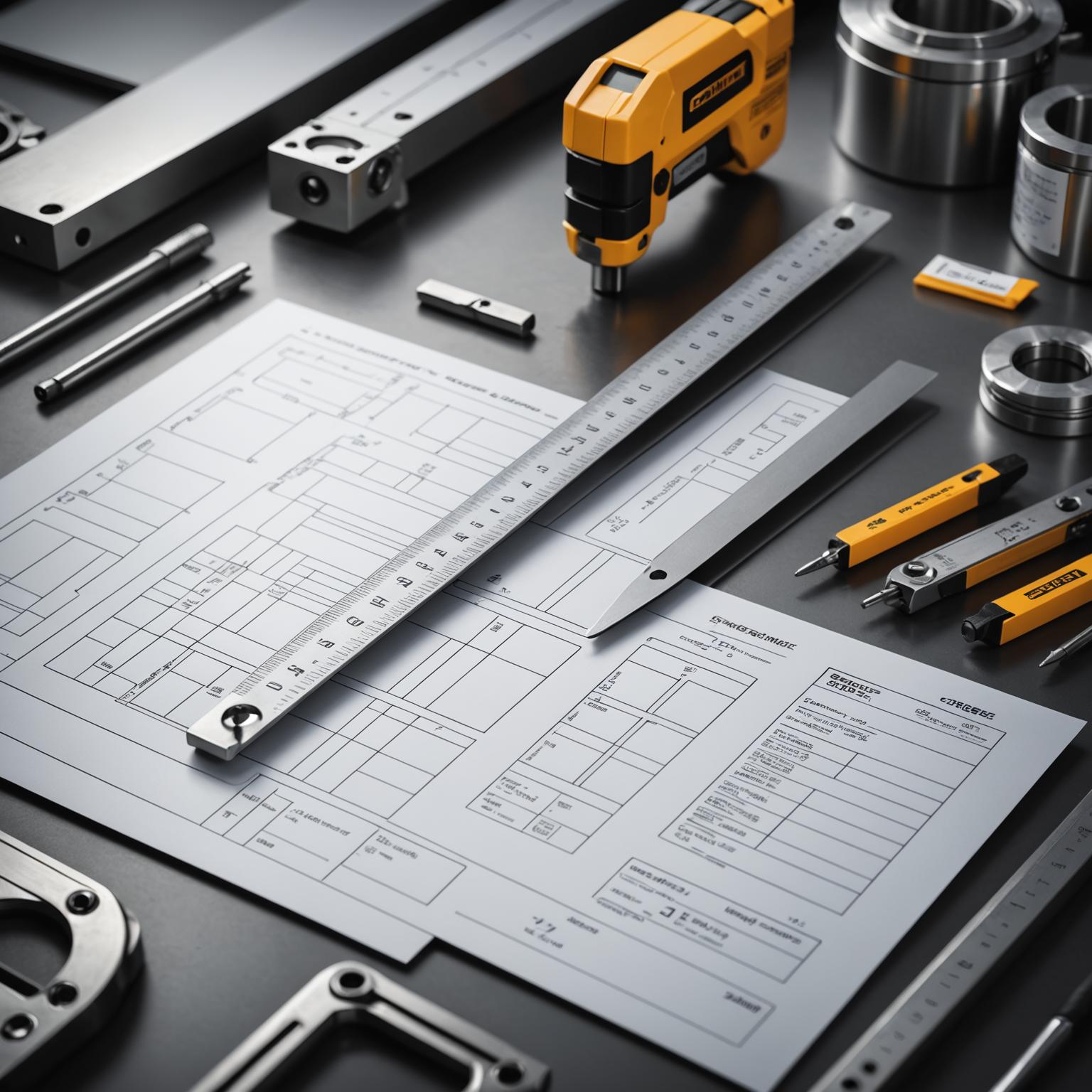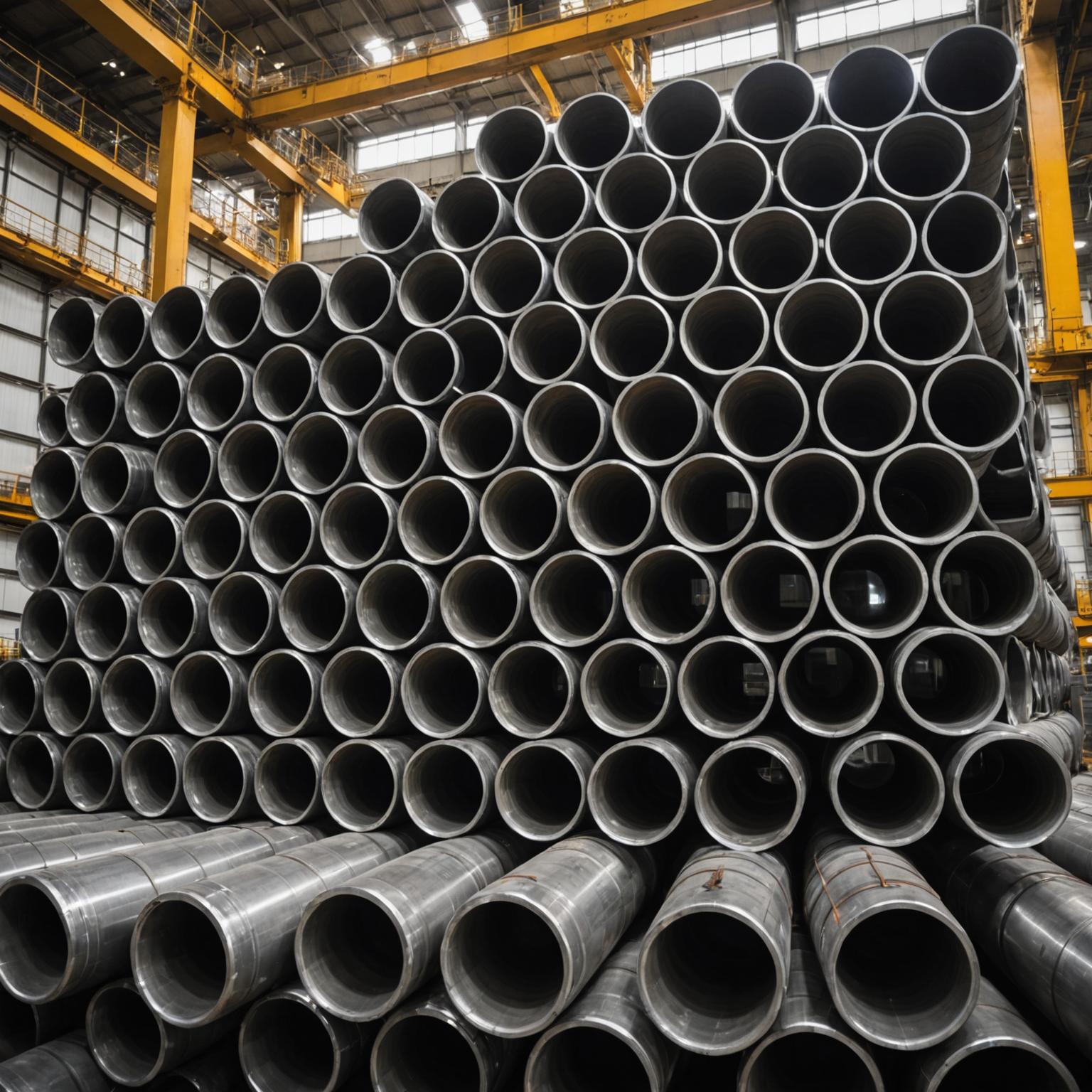Detailed explanation of the stainless steel pipe production process: the complete process from raw materials to finished products
1. Overview of stainless steel pipe production
As an important industrial material, stainless steel pipes are widely used in petroleum, chemical, medical, food, machinery manufacturing and other fields. Its production process mainly includes raw material preparation, forming, welding, heat treatment, finishing and quality inspection. Different types of stainless steel pipes (such as welded pipes and seamless pipes) have different production processes.
2. Main production process
1. Raw material preparation and inspection
Raw material selection: mainly use 304, 316 and other stainless steel coils or billets
Chemical composition analysis: ensure that the material meets the standard requirements
Surface inspection: remove surface defects and contaminants
Shearing: cut to the appropriate size according to product specifications
2. Forming process
(1) Welded stainless steel pipe forming
Coiling: curl the flat plate into a tube through multiple rolls
High-frequency welding: use high-frequency current to heat the edge and apply pressure to weld
Weld seam processing: remove the internal and external weld height to ensure the surface is smooth
(2) Seamless stainless steel pipe forming
Piercing: the round billet is heated and then passed through a piercing machine to form a hollow tube billet
Rolling and stretching: reduce the diameter and increase the length through hot or cold rolling processes
Sizing: accurately control the final size and roundness
3. Heat treatment process
Solution treatment: heat to 1050-1150℃ and then cool quickly to eliminate stress
Annealing treatment: improve material structure and mechanical properties
Quenching and tempering: perform corresponding treatment according to product requirements
4. Finishing and processing
Straightening: improve straightness through straightening machine
Cutting: cut to length according to customer requirements
End surface treatment: chamfering, flat head and other processing
Surface treatment: polishing, pickling, sandblasting, etc.
5. Quality inspection
Dimension inspection: diameter, wall thickness, length, ovality, etc.
Surface quality: visual inspection, eddy current detection
Mechanical properties: tensile test, hardness test
Corrosion resistance: salt spray test, intergranular corrosion test
Non-destructive testing: ultrasonic, X-ray flaw detection
III. Special process treatment
Pickling passivation: remove oxide scale and form passivation film
Electrolytic polishing: improve surface finish and corrosion resistance
Special coating: add special coating according to application requirements
IV. Packaging and transportation
Rust-proof treatment: apply anti-rust oil on the surface or use VCI packaging
Packaging method: bundled packaging, wooden box packaging, etc.
Marking: clearly mark specifications, materials, batch numbers and other information
V. Differences in the production of stainless steel pipes of different standards
Different countries and regions have different standard requirements for the production of stainless steel pipes (such as ASTM, JIS, DIN, GB, etc.). During the production process, it is necessary to adjust the process parameters and quality control points according to the standards of the target market.
Through the above complete production process, stainless steel pipes have excellent corrosion resistance, high strength and good processing performance, meeting the strict requirements of various industries. Modern stainless steel pipe production lines have achieved a high degree of automation, greatly improving production efficiency and product consistency.



